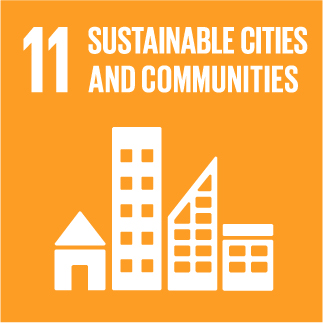Integrated manufacturing of REciclable multi-material COmposites for the TRANSport sector
Friction Behavior and Microscopic Mechanism of Hydrogels in an Open?Air Environment
The microscopic mechanisms governing the friction characteristics of hydrogels in open?air environments are revealed through experiments, theoretical analyses, and molecular dynamics simulations. The results show that larger pore sizes and enhanced internal water mobility improve the permeability of hydrogels, allowing them to maintain a low friction coefficient by mitigating surface water loss.Hydrogels composed of a solvent?saturated, cross?linked polymer network exhibit unique interfacial rheology and ultralow friction, making them valuable in biomedical applications. Despite their widespread use in open?air environments, the lubrication behaviors of hydrogels under these conditions remain poorly understood. Here, the microscopic mechanisms underlying the friction characteristics of hydrogels through a combination of experiments, theoretical analyses, and molecular dynamics simulations is explored. It is found that water evaporation from the hydrogel surface reduces the hydrodynamic layer thickness and increases surface viscosity, leading to a gradual rise in friction. On the other hand, optimizing pore size and water mobility within the hydrogel enhances water transport from the interior to the surface, mitigating evaporation and enabling consistently low friction. It is also explored how soaking time, water affinity, and applied normal load influence hydrogel lubrication. The findings elucidate the microscopic mechanisms governing the friction behaviors of hydrogels and provide guidelines for designing hydrogel systems with sustained exceptional lubrication properties in open?air applications.

» Publication Date: 07/04/2025

This project has received funding from the European Union's Horizon 2020 research and innovation programme under grant agreement Nº 768737


